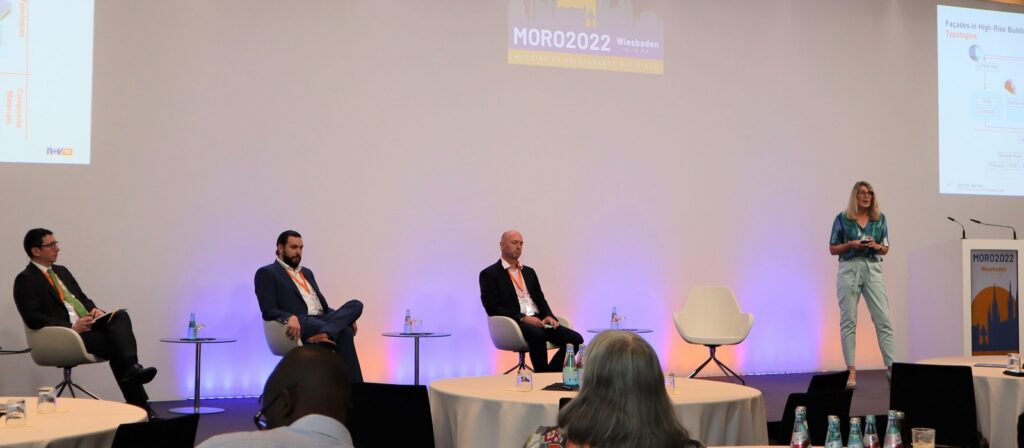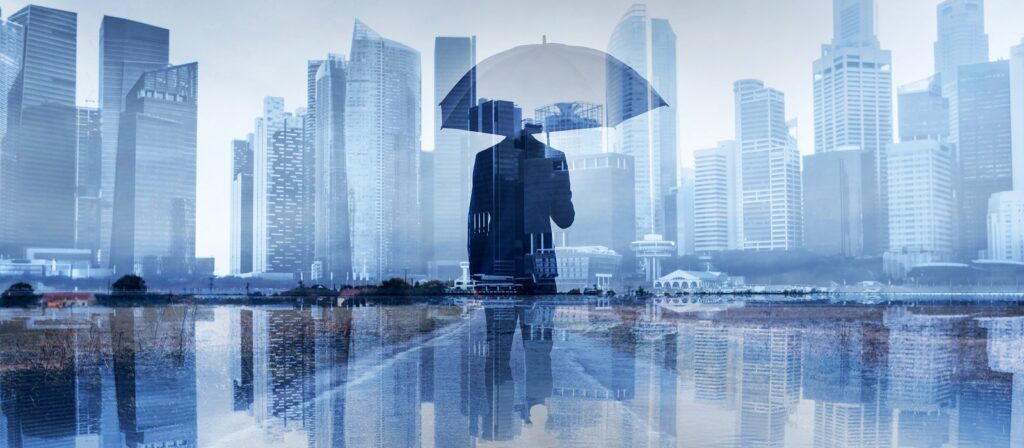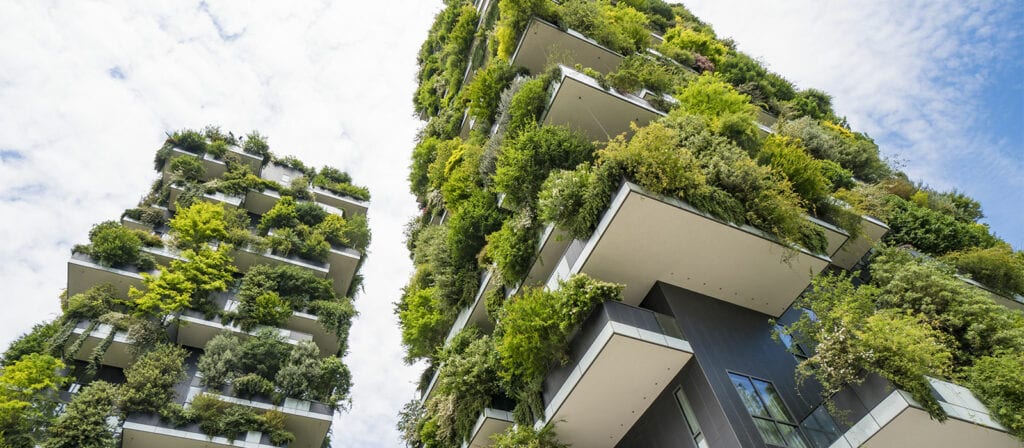Currently, there is not a standardised definition for high-rise buildings though many countries put similar height limits of around 30 metres/10 stories as this is the height which fire engine ladders can reach, creating a second escape route. Buildings higher than this have only one escape route and so stricter regulations are required.
Driven by advancements in technology, building heights have risen dramatically in the past 45 years, with rapid growth in South East Asia and the Middle East which are now home to three quarters of the world’s 100 tallest buildings. The number of super tall structures over 300 metres is 184, most of which are mixed use and contain residential units.
High-rise fires are characterised by special risks. External rescue operations are limited by the ladder length and evacuations require more time while egress time is limited by the structural integrity of the building and escape route accessibility. Stairwells are often safe areas and escape routes, but can be affected by congestion, obstructions of the stairwells and pooling smoke. Safe egress from any part of the building has to be guaranteed. Safe areas and compartmentation are key to this. The fire can be contained to a single compartment and only residents in high risk areas must evacuate while other residents are safe to remain in the building.
There is no standardised definition for facades and cladding. Following the fire at Grenfell, cladding became notorious. Combustible claddings are still used today to improve energy performance, prevent water infiltration and for decoration. Flames spreads fastest vertically and horizontally so high-rise buildings and flammable claddings are a dangerous combination. The cladding used at Grenfell was MCM, a type of cladding commonly associated with façade fires.
Incidents involving combustible façade systems are low frequency but a worldwide issue. They have primarily occurred in residential buildings, but also in offices and hotels. An audit into the fire safety of high-rise buildings by the Victorian Building Authority found that 51% of all audited buildings built between 2004 and 2014 used non-compliant ACP.
Incidents like Grenfell Tower could happen again, as technology evolves faster then building regulations and new regulations apply to new buildings only. Going forward, standardisation of terms is required, strong inspection regimes must be implemented and risks need to be reviewed as circumstances change.





